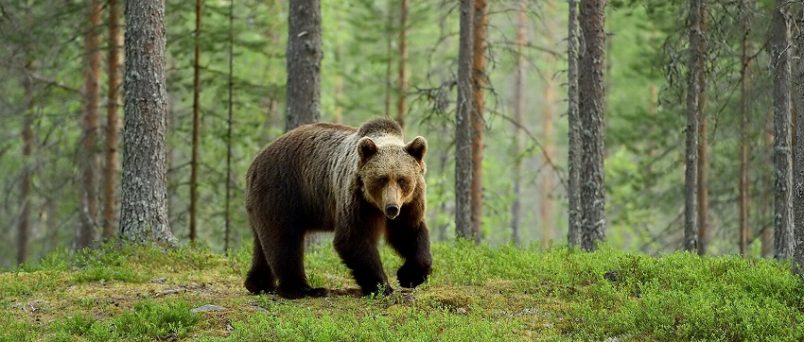Here are a few examples of why the perilous attraction of owning an exotic pet can be a boneheaded, selfish decision…
- Elephants
Even when not deliberately attacking, elephants are obviously large enough to harm people by accident, and that’s why only professionals should deal with them. Just like with horses, when a large animal like an elephant gets spooked, they can harm or kill anyone in close range.
Elephants however, despite a vegetarian lifestyle, have minds of their own and there have been incidences of them intentionally killing their trainers/owners. That didn’t stop them from being included in several slots games at American online casino.
- Venomous Snakes
With front-fanged venomous snakes (also called ‘hots), one bite will indiscriminately send the victim to the hospital. Since venomous (not poisonous) snakes require their owners to be experienced handlers who have mentored with professionals or other long time owners of ‘hot’ snakes, they are for obvious reasons, quite dangerous.
Even the ‘least deadly’ venomous snakes such as copperhead snakes can still cause serious, painful reactions by a single bite which will require medical attention, and many venomous snakes are just as bitey as the most ill-tempered rat snakes. Unfortunately, many inexperienced people are able to obtain these animals because they are readily available in states where they are legal, such as what’s depicted on the anti-exotic pet documentary Elephant in the Living Room.
- Big Cats
Big cats can (and have) eaten people. This is unlike the smaller exotic cats that are often blindly accused of the same nature even though their wild counterparts only eat small animals like rabbits. Big cats (lions, tigers, mountain lions, jaguars, leopards, and not cheetahs) probably provide the most exciting news stories when they attack or fatally maul their caretaker, and the news media never misses a beat reporting on it.
So if you can recall the last time you heard of a big cat attack, you will probably realize that they aren’t very common either, occurring on average about twice a year. The victim is almost always the owner or caretaker. They also have their own themes in slot games at top online casino.
- Jaguar
Out of all the big cats, leopards are probably the most dangerous, being non-social, adaptable, particularly powerful animals. You will notice that big cat handlers tend to gravitate towards lions and tigers because they respond better to training and human dominion. Poorly trained big cats can harm or kill with mere playful antics. However, entering the enclosure (i.e. the animal’s territory) of an animal that is not familiar with human interaction will likely spike a defensive and fatal ambush.
- Bears
Bears are listed before big cats because of their intelligence, dexterity, and omnivorous, opportunistic nature. They have impressive strength and a taste for meat like a big cat, but they can also have an interest in approaching humans, including breaking into their homes which both wild and captive individuals have done.
This makes escaped bears a much larger concern for the public, in contrast to the often reclusive large felines. The bear species most commonly kept as pets are black bears, and this species is also responsible for the most fatal attacks on humans, both wild and captive. However, the scarcity of larger bears like polar bears and grizzly bears being kept as private pets may very well contribute to the lack of fatal statistics from them, or perhaps it is people being less willing to enter their enclosures.
- Chimpanzees
Chimpanzees, which possess incredible strength, have by no means caused the most fatalities on this list . . . in fact, there hasn’t been a fatality from a captive chimpanzee in recent U.S. history, but their near fatalities, such as the famous incident involving ex-TV star Travis the chimp, are chilling.
Chimps, like elephants, have more complex cognition and it can be difficult or impossible to know what’s going on in their minds and how they’ll react to novel situations. Like monkeys, they have natural hierarchies and their behavior may change unexpectedly, especially if they escape and encounter people they don’t know who aren’t familiar with chimp behavior.

